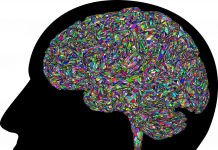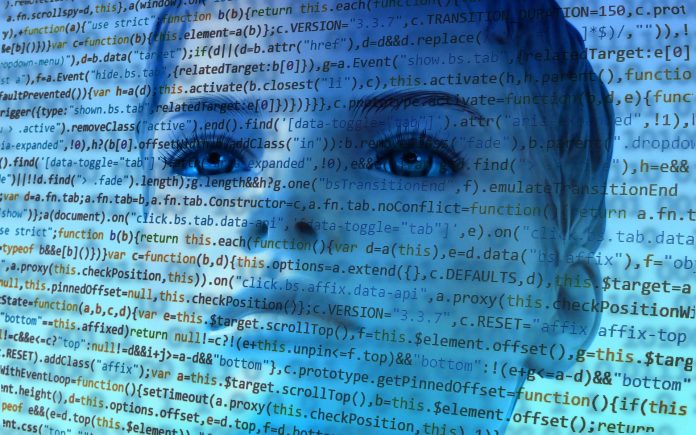At the AI for Good conference in Geneva, held in July of this year – known as „the largest-ever gathering of humanoid robots” –
There was Ai-Da (the „world’s first ultra-realistic humanoid robot artist”) and Grace (the „world’s foremost nursing assistant robot”) as well as Sophia, Nadine, and Mika. There was even a rock star robot, Desdemona, writes the BBC.
Saliently, all of these robots are female. But why? And what does this choice tell us about our own biases, expectations, desires?
It is often argued that the choice to make AI voice systems female is rooted in gender bias.
But sometimes there is a more innocent reason – and more surprising – for the sex a designer gives their robot: they have modelled it on themselves.
This is the case with Nadine, whose creator Nadia Magnenat Thalmann describes her as a „robot selfie”.
One of the keynote speakers at the conference was Ai-Da, an AI machine which can draw, paint and sculpt, and is also a performance artist. Ai-Da’s persona is inspired by Victorian mathematician Ada Lovelace – considered by many to be the first computer programmer – as is her appearance.
Lisa Zevi, head of operations for the Ai-Da project, tells the BBC that in this particular case, there was a good reason for making Ai-Da seem female.
„Female voices are typically very underrepresented in both the art and technology spaces”, she says. „We want to give a voice to those underrepresented groups effectively”.
Other than those robots modelled on an individual, one particular reason is often suggested for choosing a female robot: it appears we have an innate preference for women’s voices. Research shows a discrepancy between what people report on questionnaires and what they really feel – women like a female voice far more than they admit, and men say they greatly prefer a female voice on questionnaires (though the evidence shows that in practice they are neutral). Early versions of AI like Siri and Alexa were given female voices.
Karl F. MacDorman, who headed this research, believes that the roles that AI typically performs – delivering information or customer service – are in a sense servile, something which may play into male fantasies.
Kathleen Richardson, professor of ethics and culture of robots and AI at the UK’s De Montfort University, notes that „in the lab that I was in [15 years ago], they always made them child-like. The idea was, if they were childlike, they wouldn’t be threatening to people, and people would be more comfortable with inviting them into their home.”
Richardson says this drive to make androids less threatening has morphed into the female forms that we see today, and it is driven by the preoccupation that we have about the increasing role that technology is playing.
„You’ve got to dislodge this very deep fear of depersonalization and dehumanization that comes with introducing more technologies into our lives, particularly in our personal arenas”, she muses.
MacDorman – who has also worked with robots for decades – agrees these fears had a role in robot design, especially early on. „A female android is generally considered more approachable, especially for children, so it was considered better suited to human-robot interaction experiments”, he confirms.
But Richardson suspects that there may be an altogether more basic motive at play in modern designs of humanoid robots.
„There was a famous theorist called Laura Mulvey who talked about the male gaze in art, and how male artists were representing female figures. They were normally representing them as submissive, as naked, as objects of male desire. And I think in a way, we’re seeing the male gaze just replicated in robotics, because these are just images on surfaces – there’s nothing that that sits behind these images. There’s no sentient being. There’s no life.
„We can’t just transfer what’s going on inside people and inside people’s relationships to these new artefacts that are created”, MacDorman points out. He anticipates a future in animated characters which are interactive, rather than three-dimensional humanoid „companion bots”, and that prohibitive costs will make an actual eroticization of robots a thing of the distant future.
















